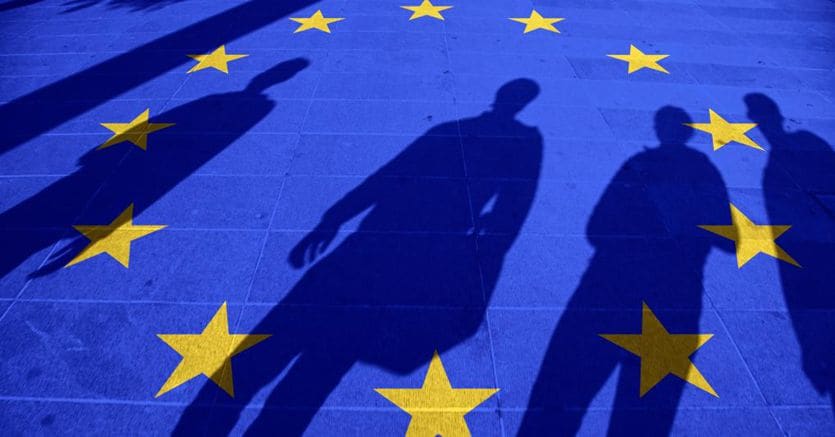Integrated strategies, coalitions and funds: new opportunities for territories from cohesion

With the programming period 21-27, the new cohesion policy of the European Union (EU) has five policy objectives (OP). Among these, objective 5 "a Europe closer to citizens" promises to be particularly interesting and innovative, aiming to promote the sustainable and integrated development of different types of territories, through the activation of local development initiatives.
The reasons behind this objective are to be found in the growing attention that the European institutions attribute to the characteristics of places and to the needs of local communities. In fact, unlike the first 4 OPs, which appear to be "thematically oriented", OP5 is of a transversal and distinctly territorial nature. With it, the Commission recognizes the importance of implementing investment strategies that target 'real geographies' – e.g. functional urban areas, metropolitan regions, the urban-rural interface etc. – that is, those territories within which people move, work, live, regardless of administrative boundaries. Taking inspiration from the place-based approach defined by Fabrizio Barca in the report of the same name, the EU thus aims to equip local territorial systems with the resources and tools necessary to face the complex challenges of development through initiatives defined in concert with the various stakeholders. Indeed, according to the intentions of the Commission, the participation of local actors in the definition of expenditure strategies and policies is a fundamental prerequisite for the definition of territorial development strategies that are truly integrated and sustainable.
In this sense, identifying a clear territorial objective is not only a 'technical' question, but requires that development challenges and opportunities are identified, and therefore correspond to the real needs of local contexts. This action requires the use of innovative tools, capable of breaking free from traditional administrative boundaries. Each Member State is therefore called upon to allocate at least 8% of the ERDF resources to the promotion of integrated territorial development strategies, to be implemented through instruments already active in the previous programming period - Integrated Territorial Investments (ITI) and Community-led Local Development (CLLD) - but also through instruments developed for this purpose by the States themselves. It is important to underline how, within the OP5, the Commission recognizes the importance of promoting a new prominence of small and medium-sized cities and the use of functional approaches as key factors. This should strengthen the links between urban and rural areas, while at the same time leaving room for case-by-case territorial cooperation experiments. To this it should be added that, in Italy, the implementation of the PNRR lends itself to the activation of interesting synergies with the 21-27 programming, favoring the potential implementation of integrated multi-fund strategies for the benefit of the territories.
In conclusion, the OP5 provides important support for the development of integrated development strategies set up and carried out by local communities aggregated according to functional logics. These territorial strategies should provide these communities with the opportunity to increase their institutional and planning capacity and, consequently, give life to actions aimed at interacting with the great challenges of our time, from the green and digital transitions to climate change and energy security. The large and varied set of resources available should guarantee the activation of multidimensional interventions, to be implemented with the active involvement of local actors in close synergy with the individual regions, which often play the role of scouting territorial potential and providing technical support in the implementation phase of the strategies.
This article takes up the contents of EU Talks, a format proposed by Il Sole 24 Ore together with the CNR ISSIRFA to discuss cohesion policy and European structural funds live on Instagram, and their role in development policies in Italy. In the eighth and last appointment which took place on 17 July (and which can be retrieved online on the Instagram del Sole page) the fourth of the objectives of the Partnership Agreement of the cohesion policy 2021-2027 was discussed: a more social Europe. CNR ISSIRFA, together with Osservatorio Balcani-Caucaso, is a partner of Il Sole 24 Ore in the Work for Future project, funded by the European Commission










